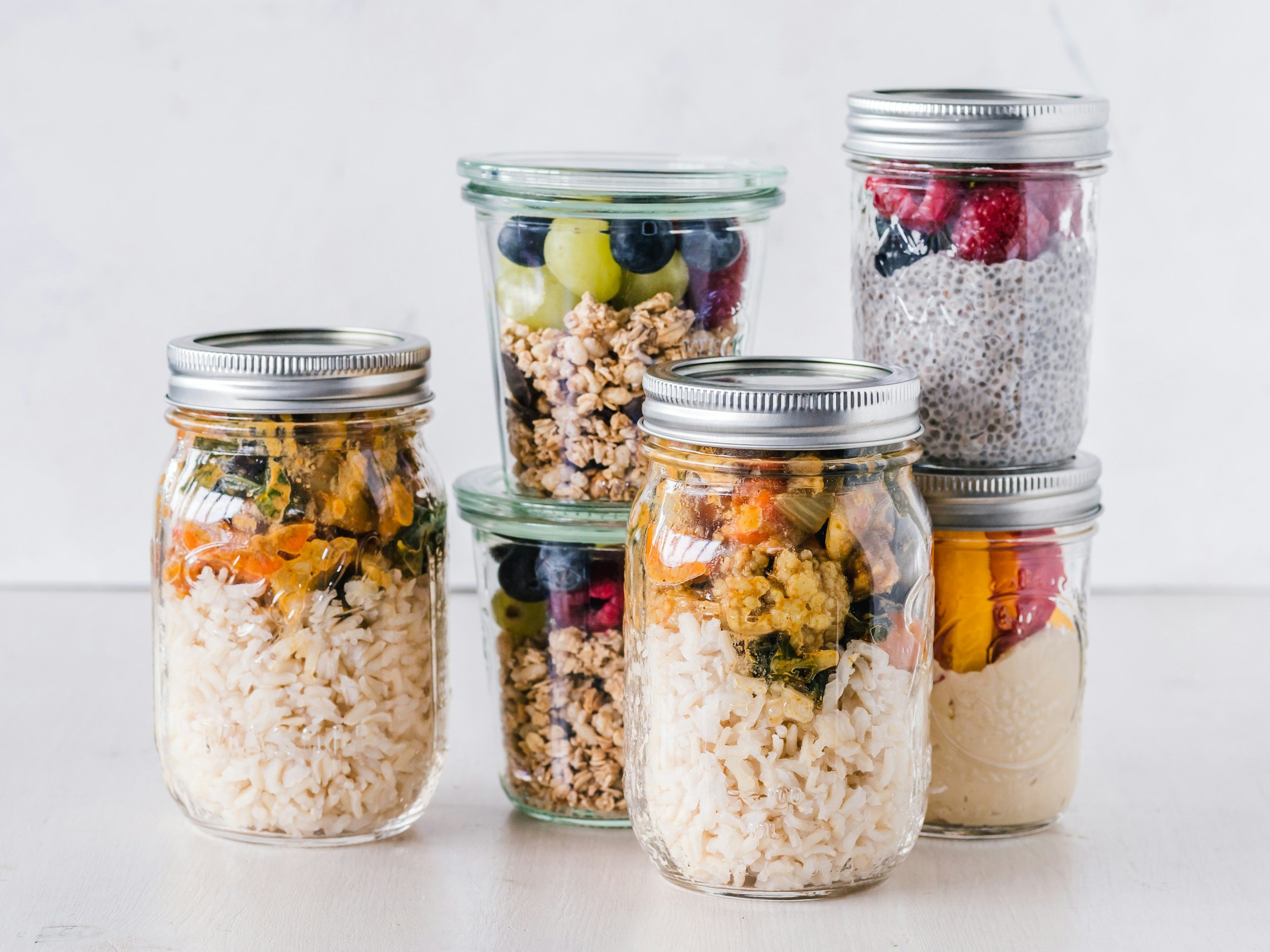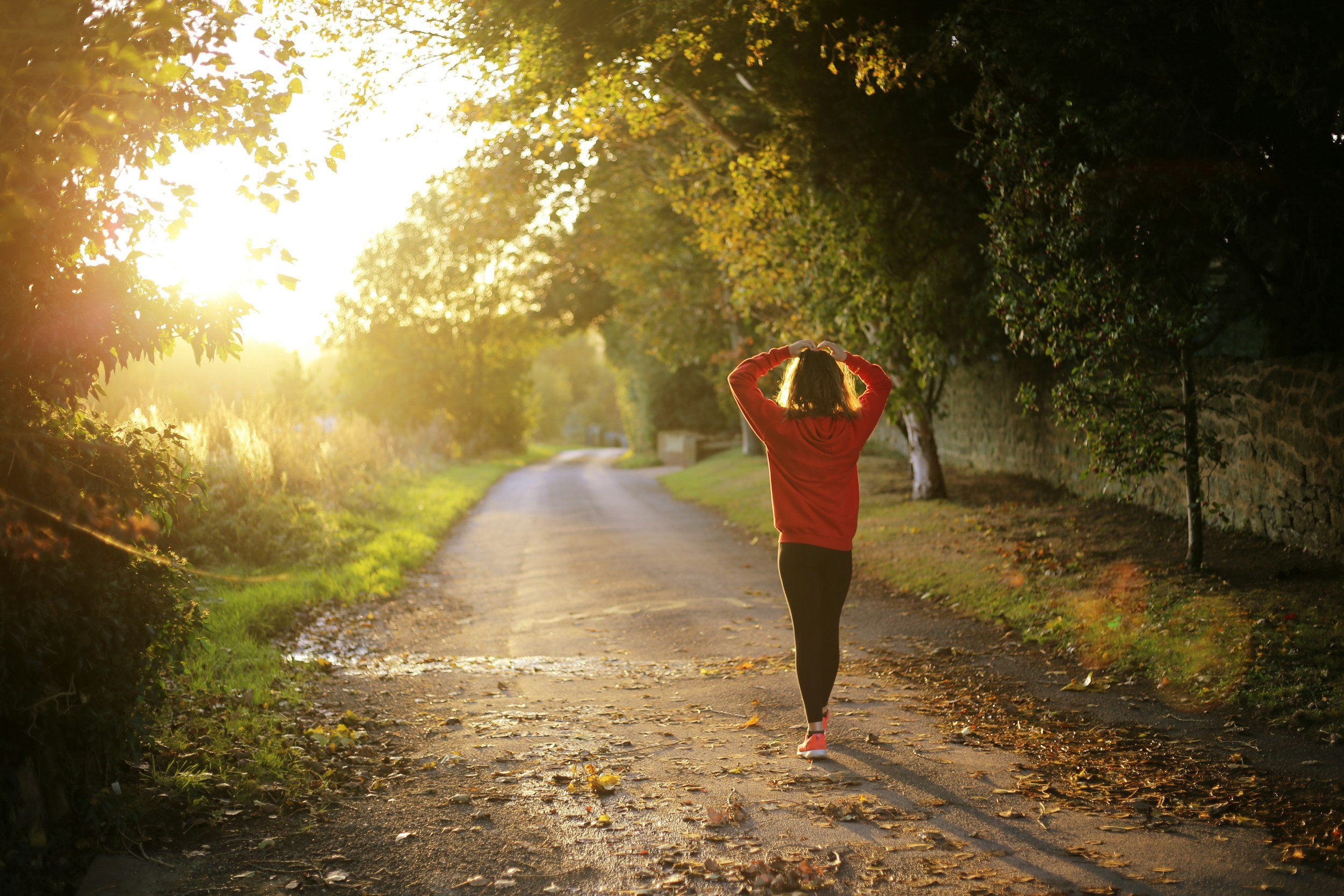Does the Change of Seasons Affect Your Sleep, Energy, and Mood?
Fall begins the onset of shorter days and longer nights – which means our bodies receive less light. We also wake up to and go to sleep to cooler temperatures. Because of these seasonal changes, many people experience changes in energy, mood, and sleep patterns. These changes can be positive or negative or a combination. Negative changes in the way we feel due to the change of seasons is called Seasonal Affective Disorder (SAD), and about 10 to 20 percent of people are affected – ranging from mild to severe cases. But did you know that the foods you eat (or don’t eat) as well as maintaining other healthy lifestyle factors can help you overcome symptoms of SAD? This is no replacement for seeing your doctor with your concerns, of course.
If you’d like to learn more about how the change of seasons may affect you, take the assessment below, designed to increase your self-awareness and understanding. While none of us can control Mother Nature (sorry), we can learn more about how we are affected by seasonal changes and what to do to overcome symptoms of SAD.
Take the Seasonal Changes Assessment
The steps below will help you begin to assess how the change of seasons may be affecting three areas of your life: your sleep, energy, and mood. Important: If your answers show a downward trend, please talk to your doctor about how Seasonal Affective Disorder (SAD) may be affecting you.
Sleep Assessment: This month, check in with yourself each morning: How do you feel when you wake up?
• Step 1: On a scale of 1 to 5, with 1 being “Exhausted” and 5 being “Excellent,” how would you rate how well-rested you are?
• Step 2: On a scale of 1 to 5, with 1 being “Takes a Very Long Time” and 5 being “Very Easily” how would you rate how easily you fall asleep?
• Step 3: On a scale of 1 to 5, with 1 being “I Wake Up Very Frequently” and 5 being “I Don’t Wake Until Morning,” how would you rate how well you stay asleep?
• As October marches on (and the days get shorter), is it harder for you to get out of bed? (Yes or No?) Are you hitting the snooze button more often? (Yes or No?) Or do you feel about the same, or even better, upon waking up? (Same or better?)
Physical Energy Assessment:
• Step 1: On a scale of 1 to 5, with 5 being “Excellent,” and 1 being “Very Low,” how would you rate your energy level mid-morning?
• Step 2: On the same scale, how would you rate your energy level in the late afternoon?
• Step 3: As the month goes on, do you find it easier or more difficult to exercise or be physically active? (Easier/More Difficult?)
• Step 4: As the month goes on, do you find yourself being more or less productive at work or home? (More or Less?)
Mood Assessment: Once in the morning and once in the evening, answer these questions with a simple “more” or “less:”
• Question 1: Do you find yourself more or less interested in your work, social happenings and/or family activities?
• Question 2: Do you find yourself more or less patient with others and yourself?
• Question 3: Do you find yourself feeling more or less happiness in your relationships?
Now that you know more about seasonal affects, what can you do?
Do your answers show a “down” trend? This may be an indication that you are sensitive to or negatively affected by seasonal changes. You may also be experiencing other depression symptoms, so, again, talk to your doctor.
Following are some simple actions that can help minimize these effects.
• Go outside! Less daylight in the Fall and Winter months causes some people to become more lethargic, irritable, and/or depressed. This month, focus on getting more daylight by shifting your exercise or recreational activities to the outdoors, at least 15 minutes a day. Go for a walk; ride a bike; chase after your pets or kids – it doesn’t have to be strenuous exercise. A consistent combination of daylight and physical activity can significantly improve your energy and mood.
• Prep for sleep. Because nighttime comes earlier during fall and winter, it can disrupt your circadian cycle and the summer sleep rhythm you have been used to. It’s more important than ever to turn off all electronics one to two hours before you turn in. Fall is also a great time to practice sleep-specific meditation. My new favorite is Meditainment. It’s free and lasts 21 minutes (I always fall asleep before it finishes!).
• Eat More Omegas. What we eat can also affect how susceptible we are to “Fall blahs” and “Winter blues.” Certain foods can zap our energy, our motivation to exercise, and our good mood. Omega 3 fatty acids can help combat these symptoms. Excellent food sources of Omega 3 fatty acids include salmon, chia seeds, and walnuts. Check out my Recipes tag on the blog to find some recipes with Omega-3-rich ingredients.
• Keep a Food Diary. See if there are any trends in the foods you eat and your mood. Does your mood change soon after consumption? Do you tend to gravitate toward certain foods when you're down. This is more information that you can use to help yourself feel better.
• Focus on the Food Culprits. It’s certainly not NEW news that overindulging in alcohol and sugar-laden foods can make you feel sluggish the next day. But did you know they can also increase feelings of depression? If you are negatively affected by the seasonal changes, consider eliminating sugar and alcohol consumption and test how you feel. To test if alcohol and/or sugar are contributing to your seasonal symptoms, experts suggest eliminating them for 21 to 23 days. Why three weeks? Because our bodies release antibodies to fight sensitivities and allergies, and it takes 21 to 23 days for the antibody reaction to dissipate and renew.
You don't need to feel down as the weather changes! Try these steps, send me a note, or talk to your doctor to move toward feeling happy and well.











